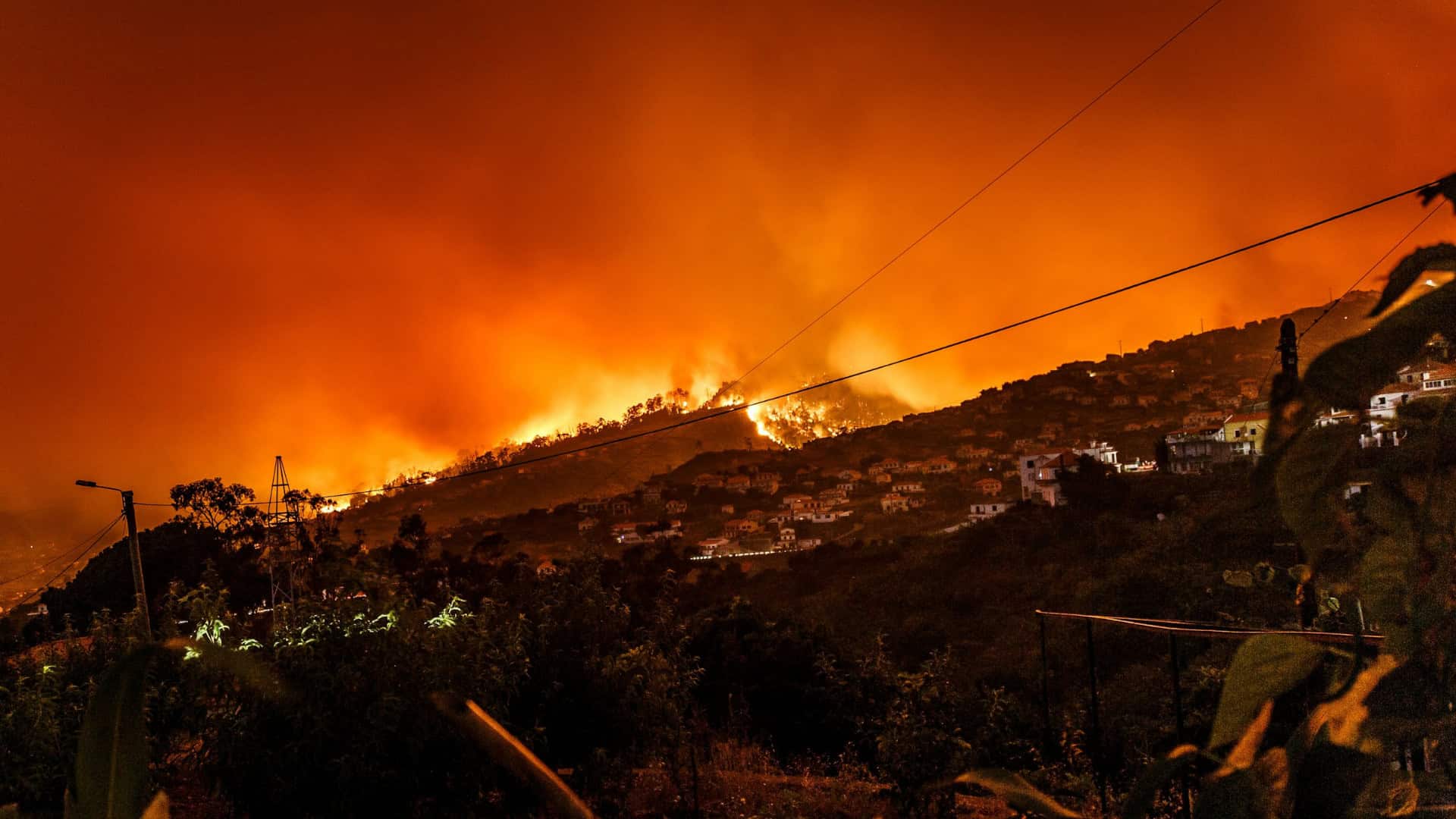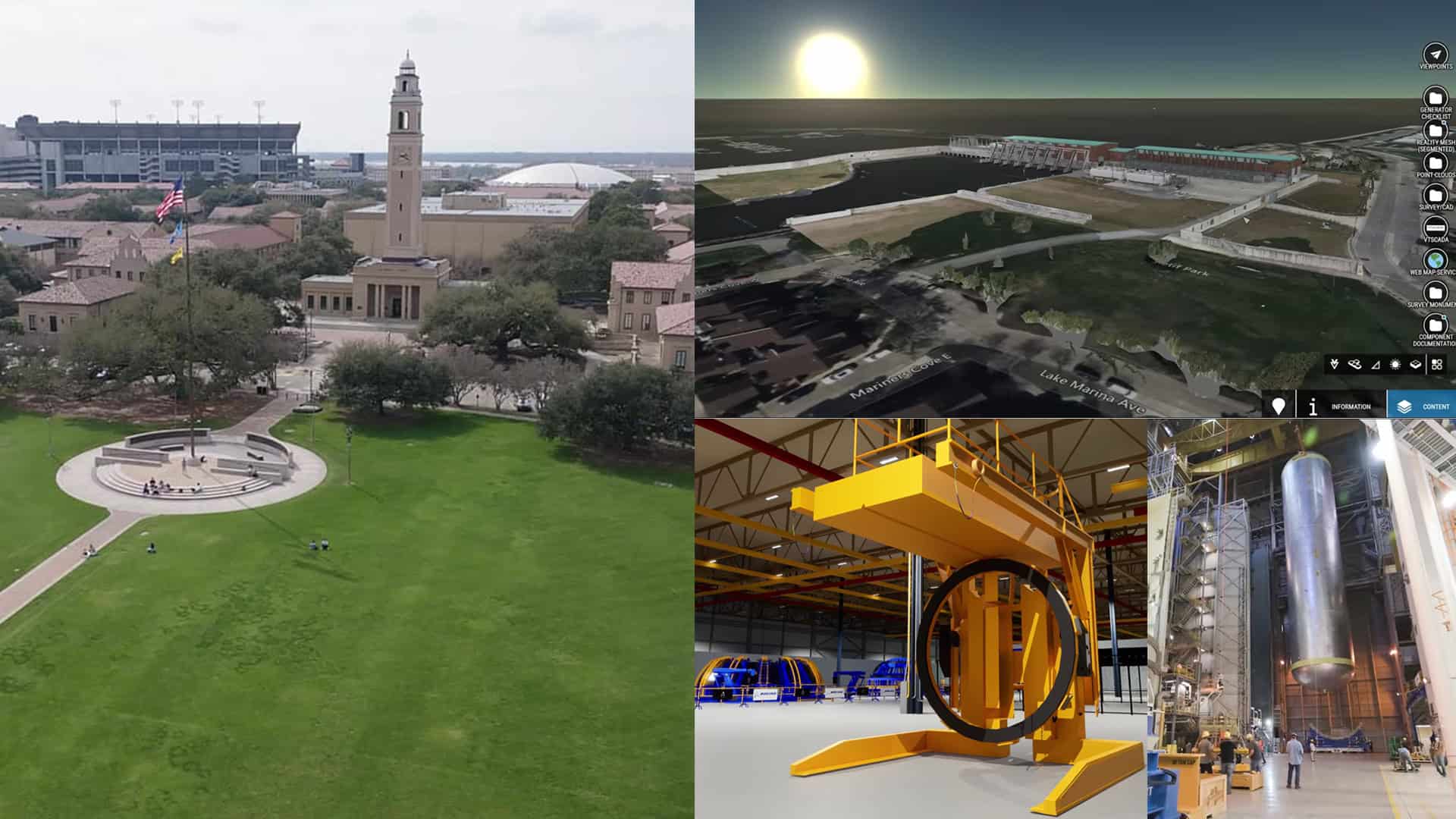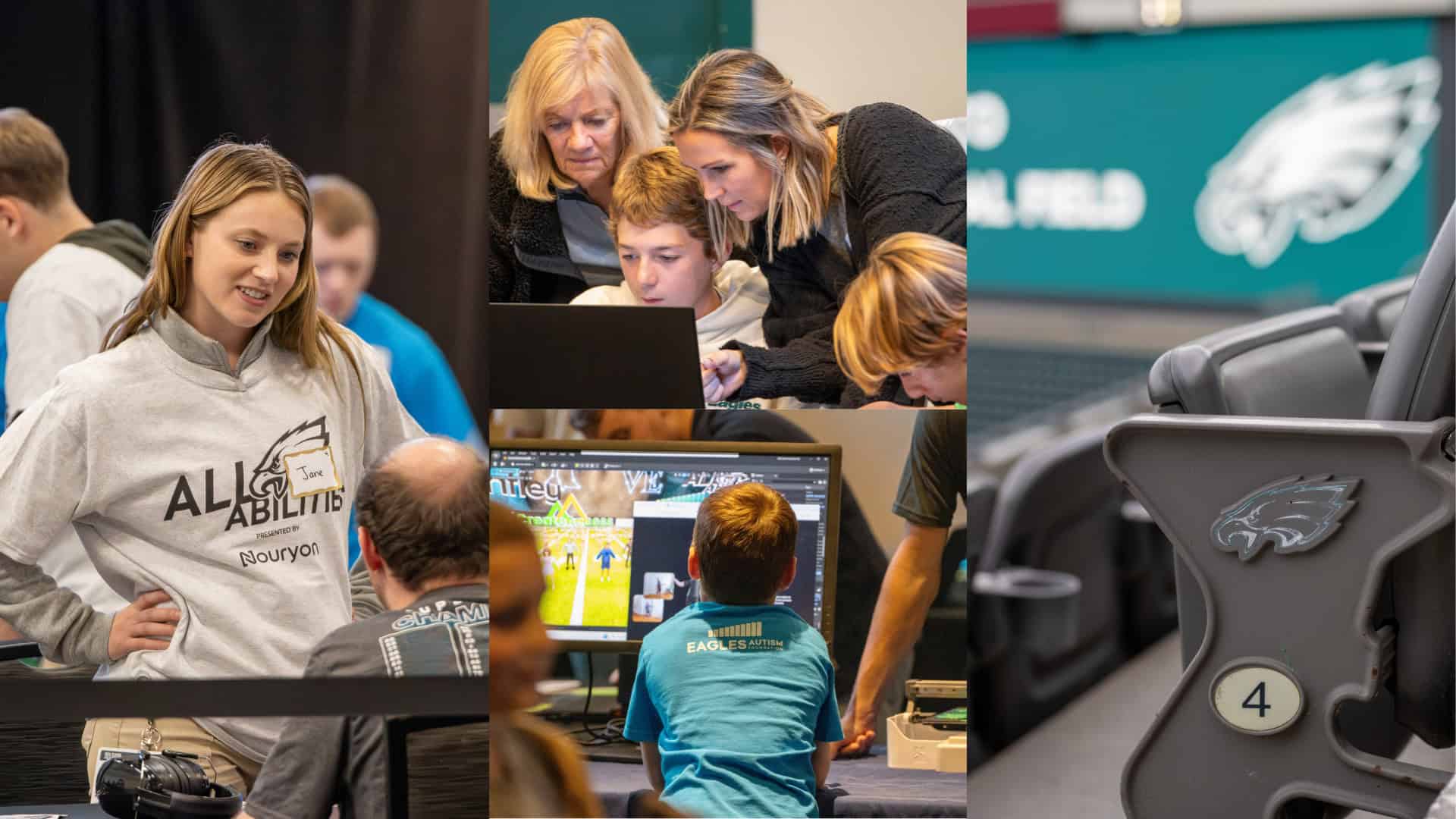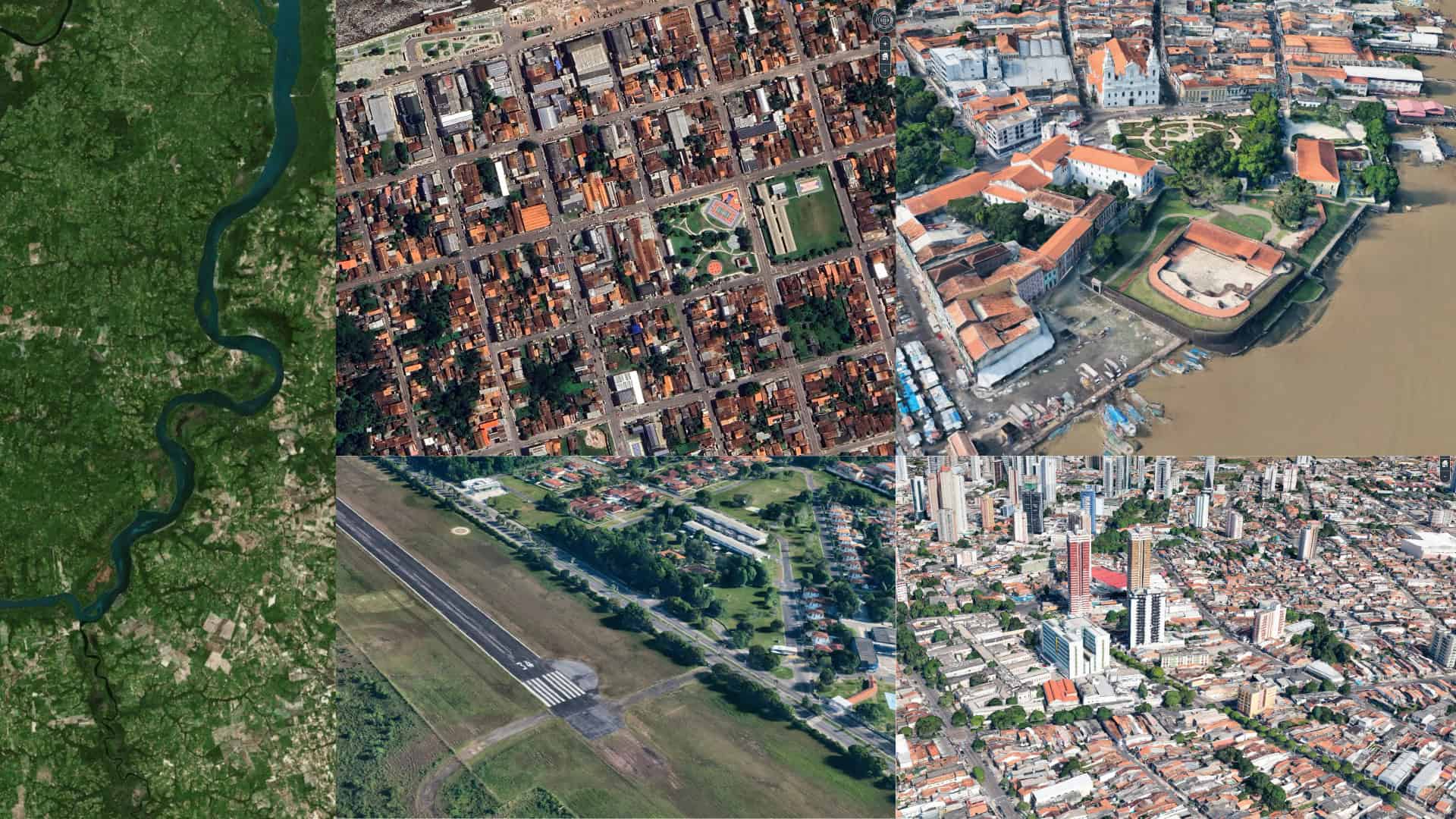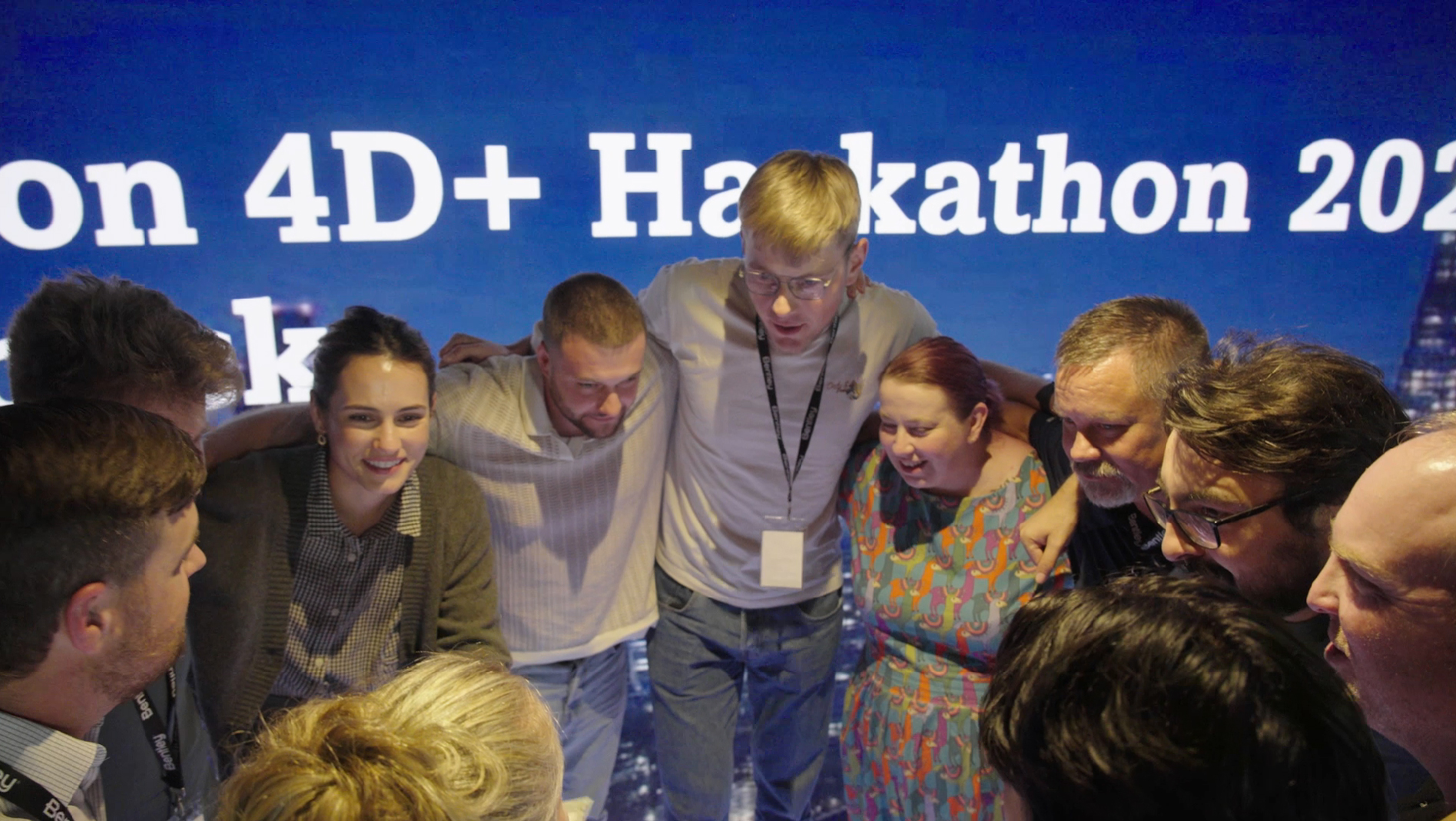While this story is fictional, it was inspired by real events.
The sound of a firetruck siren woke me up around 2 a.m. Our bedroom windows had a red glow, and I knew what that meant. I peeked through the blinds and saw a wall of fire about 100 yards away, upwind. It hadn’t rained in four months, and everybody knew it was only a matter of time before something triggered a fire in the wooded park near our house.
My next thought: “What would Smokey the Bear do?” As an engineer with the local water department, I used to joke about it during planning meetings about wildfires. Now it wasn’t all that funny.
I was likely calmer than most people in the community. I had been one of the water department’s representatives at regular monthly (and more recently, weekly) planning meetings for this kind of event with firefighters and the local emergency management department.
But first I had to take care of my family. We grabbed our “go bags” filled with all the things that we were told could help us if we lost our house—flashlights, batteries, water, non-perishable food, copies of essential papers. Anything that could help save our lives.
I felt embers raining down on us as we loaded the car. My wife and two children were crying, and our dog was terrified. I grabbed my laptop as I closed the door to our house—possibly for the last time. We headed to a relative’s apartment a few miles away, though we didn’t unpack because we couldn’t be sure that we wouldn’t need to evacuate again.
Do We Have Enough Water?
Once my family was secure, I had to head to work. Our water treatment plant control room was quiet, as it usually was that time of night. The night operator was watching the water levels in our tanks and readings from our pressure sensors. But we weren’t worrying about many of those sensors—chlorine contact time, demand charges, turbidity readings. We just wanted to make sure we got as much water as possible to firefighters.
Our chief operator came in a short time later; he hadn’t had the benefit of firetrucks waking him up. We were confident in the city’s ability to respond to the wildfire because of our regular planning meetings with firefighters and emergency management officials. We knew each other, and we believed in the saying, “You want to fail during the drill, not during the event.” You don’t want to have a call with the fire chief that starts, “Hello, I’m Tom from the water department. You don’t know me but I want to talk with you about the fire that just started.”
Now it was up to us water engineers to get firefighters the water they needed. We remotely adjusted the settings on various valves to bring more water to the pressure zone. We knew how much we could adjust because we’d run simulations a few weeks earlier with our hydraulic model—using OpenFlows Water hydraulics modeling software from Bentley Systems. We also called up a few more operators to ensure we had boots and trucks on the ground when we needed them.

The Virtues of Planning
The water department’s fire response didn’t start at 2 a.m.that day. It started about four years earlier, when we decided to have a section in our master plan about the new requirements for the Wildland Urban Interface (WUI), which is the zone where wildland vegetations meets human development. We identified locations in our city that would likely be impacted, so we added more tank storage and pipe capacity at high-risk areas. We also made a few other improvements before the wildfire sparked.
We would have preferred a few more years to test the system, but our Bentley water solutions software enabled us to put some improvements in the ground faster than we could have in the past. Designing systems for wildfires brings a lot more uncertainty than designing pipes for structure fires.
With structure fires, like those in buildings or homes, we can calculate the needed fire flow (NFF), which is the amount of water that should be available for providing fire protection at certain locations throughout a community. We can size pipes to meet that flow.
But what’s the NFF for a 200-acre wildfire with winds of 40 mph? We had to use a lot of engineering judgment to supplement our hydraulic model.
On the morning of the wildfire, we were in contact with the fire control center. Having developed a good relationship with the incident commander, I could find out which hydrants were being used and which ones were doing well. I could run our model in real time and advise fire officials about where to get the most water. If a hydrant on small pipes at the top of a hill was struggling, we could suggest hydrants with better capacity.
We Survived
By noon, the winds had died down and firefighters had the upper hand. One of our water tanks had completely drained, but the system didn’t run dry. That’s when my thoughts shifted from saving the city to my family. A quick call assured me that the kids were eating sandwiches and playing video games. They were only mildly concerned about the smoke that had blotted out the sun for a few hours.
I told my director that I wanted to see the fire area to assess our recovery, but I really wanted to check on my house. As I drove into my neighborhood, some of the houses were piles of ashes, but some were still intact. Ours survived, maybe in part because I had cleared all the shrubs near our house, cut down a big tree that hovered over our home, and installed a metal roof. My wife had been skeptical of the work, and maybe I overreacted because I knew so much about wildfire planning, but our house was still standing.The community’s immediate recovery for water supply went smoothy, although we had some trouble shutting off services for houses and businesses that had burned but were still hemorrhaging water. Fire sprinklers work great when a fire starts inside a structure, but they don’t do much when the fire comes from the outside in.
After the Smoke Cleared
We are now in the forensic study phase, asking questions like, “What could we have done better?” Our internal forensic work shows that overall, we did about as well as anyone could with the available funding. As with most things in life, we need to balance risk and affordability. Our model shows that we got the most we could out of our water system.
Our planning saved the day and limited what could have been a much larger disaster. As Dwight Eisenhower reportedly said, “Plans are worthless, but planning is essential.”
Want to learn more about urban wildfire planning? Check out this resource from the Federal Emergency Management Agency: Wildfire and the Wildland Urban Interface (WUI).
Read More of Tom’s Blog Posts.
Want to learn more from our resident water and wastewater expert? Join the Dr. Tom Walski Newsletter today!

